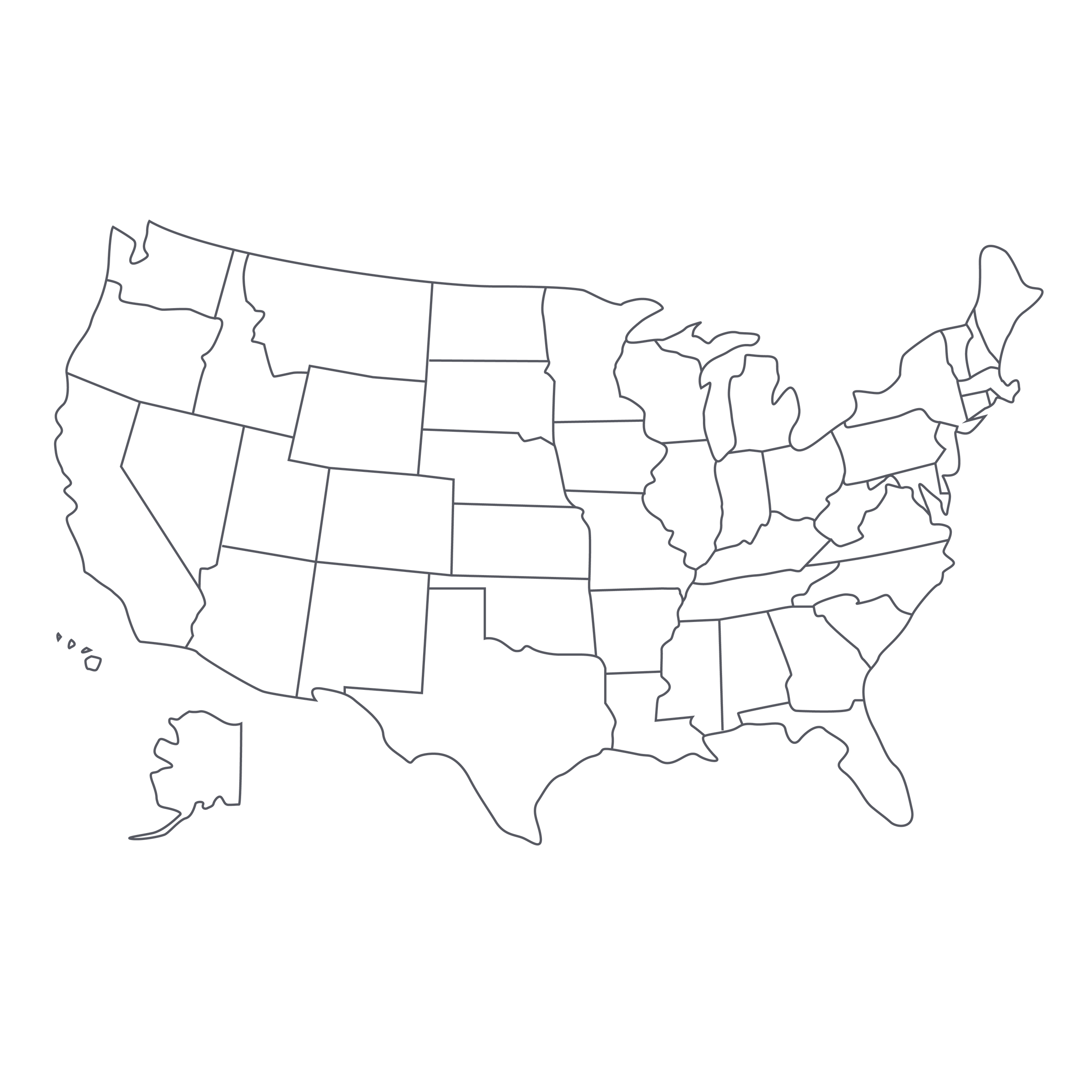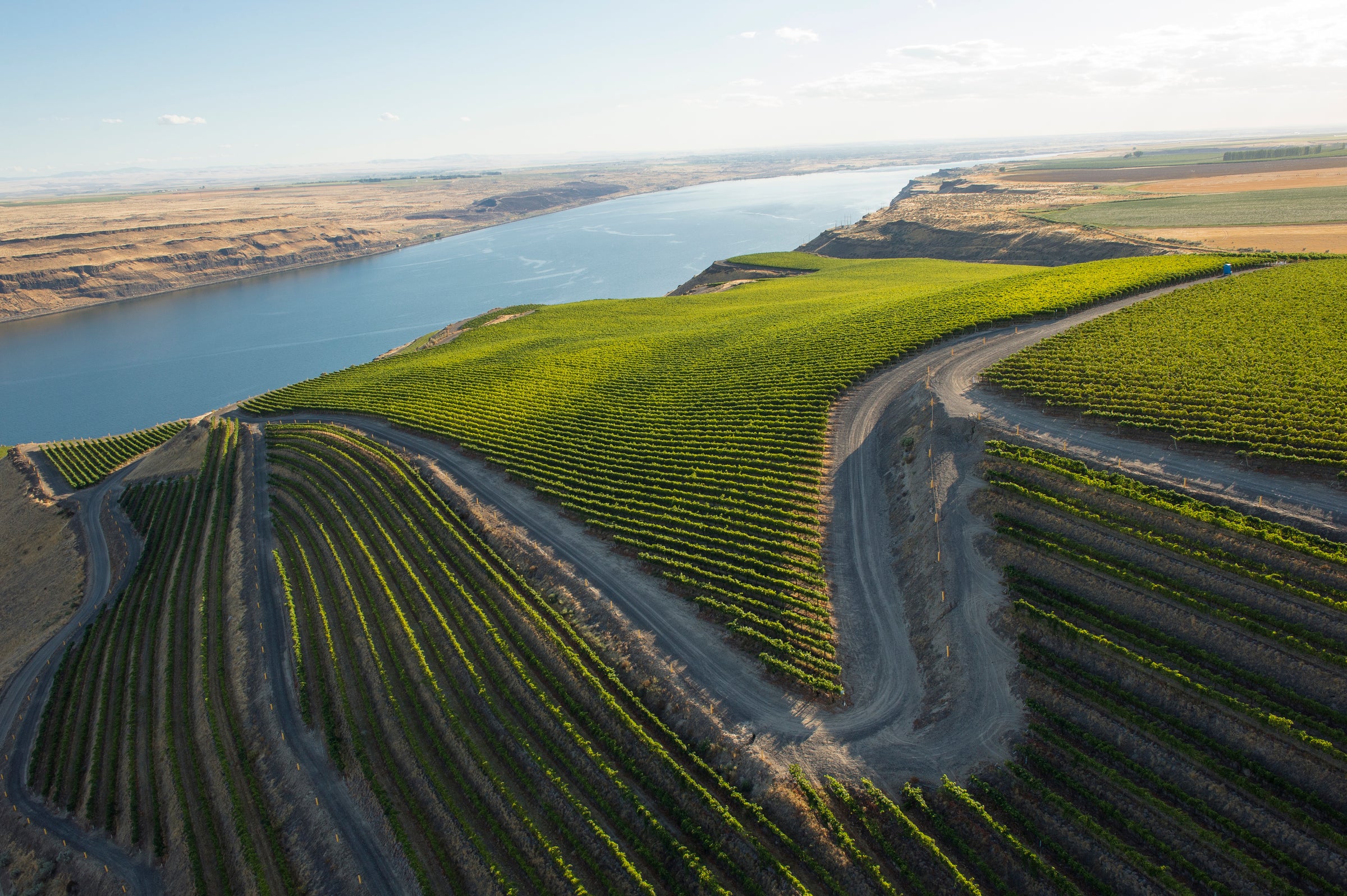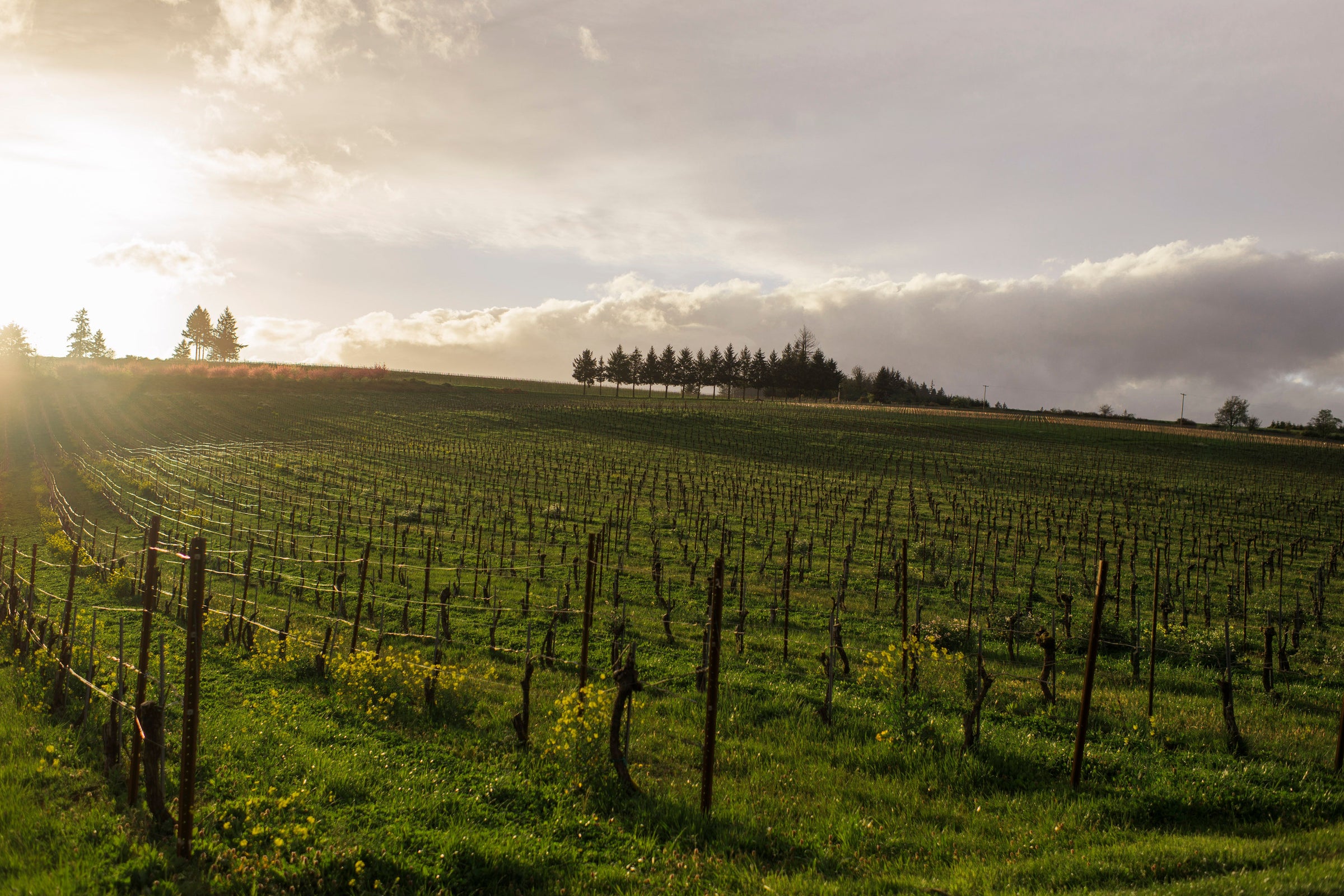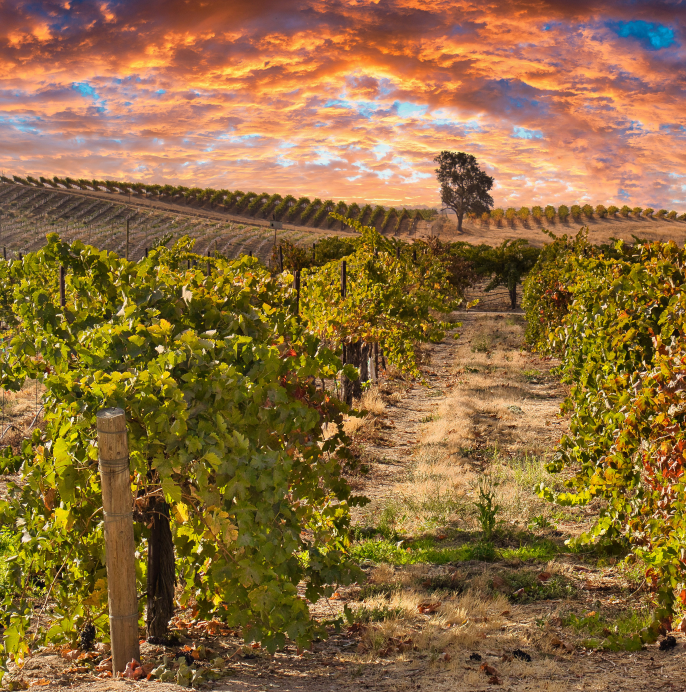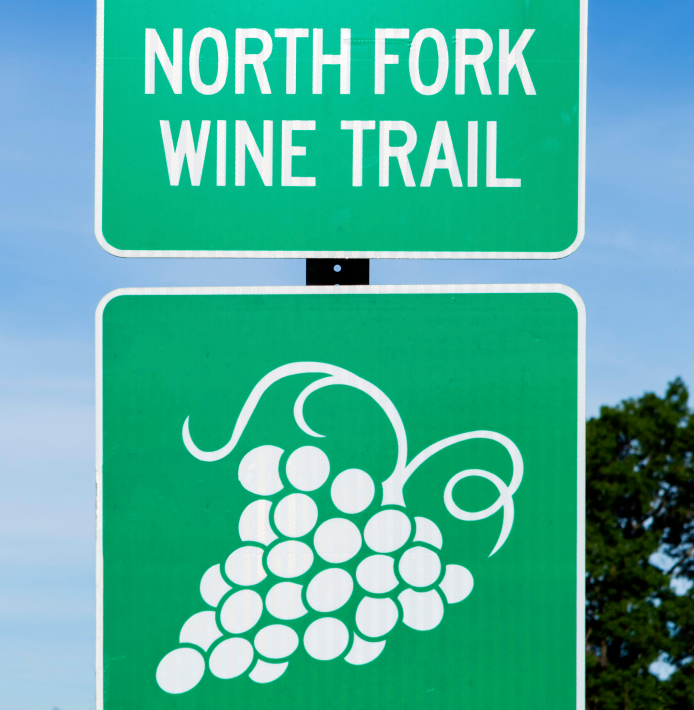Believe it or not, our fastest-selling Pinot Noir offer hasn’t been from Burgundy, Willamette, or Sonoma. It was the one time we were able to feature Briceland Vineyards, the esoteric and rarely encountered legend of Humboldt County. That sellout came almost two years ago today, and I remember it vividly: Our parcel was inhaled one collective breath, forcing me to interrupt Andrew Morris’ Saturday morning pleading for more. Alas, he wanted to save the few remaining cases for Humboldt locals, and I loved that answer. Two years flashed by before he called me out of the blue and offered a small portion of today’s 2017 “Ronda’s Vineyard” Pinot Noir.
Of course, I was euphoric because I’ve encountered Briceland’s wines fewer times than Dujac. This scarcity, however, isn’t due to tight allocations or rabid demand—it’s because of the sheer remoteness, small scale, and mystique of it all. Tiny production aside (today’s cuvée was just four barrels), Andrew’s wines are generally untraceable online, and you’d have to sweep a vast majority of restaurants and wine bars before stumbling upon a bottle. Your best bet is to make the long trek up to redwood-studded Humboldt County and either knock on his front door or flag down his station wagon in Eureka where he’ll likely have a case or two in the back. Can you see why these organic, long-aged, savory/spicy Pinots have garnered an underground cult following? I hope so! Purchases are limited to six bottles.
NOTE: These perfectly stored wines are coming directly from his cellar. We expect our parcel to arrive in one week.
Founded in 1985 by Joe Collins, a UC Davis-trained enologist with decades of experience, Briceland Vineyards is the antithesis of a vanity project: This artisan estate laid the winegrowing foundation for Humboldt County and, for 37 years and counting, has been the untouchable gold standard in the region. According to The Prince of Pinot blog, Joe was “involved in the planning, establishment and management of practically all the early vineyards suited to Pinot Noir.” His stepson Andrew Morris is the proprietor/winemaker today, and the wine he hand-crafts here holds an unbelievable degree of quality, value, and purity. Despite Briceland’s rich history and local fame, these wines are still incredibly hard to track down: you must either drive up to meet him personally or stumble upon one of his rare, self-run flash sales on an online forum. Seriously.
With 1,000+ farmsteads claiming stake to Humboldt County’s 2.3 million acres of land, and a quiet charm and climate akin to Burgundy, you’d think this would be a wine epicenter. But, incredibly, only around 150 acres are planted to wine grapes which makes every vine deeply important. As for Ronda’s Vineyard? This is coveted, high-elevation real estate: Perched at 1,600 feet above sea level, just a few miles northwest of Briceland’s home base, this terraced, south-facing vineyard is perfect for Pinot Noir. It experiences cool fog and wide diurnal shifts; is largely protected from harsh wines due to a natural amphitheater of trees; and the nearly 40-year-old vines are rooted in rich rocky loam and decomposed limestone.
All farming is carried out with a strict organic mindset—synthetic chemicals have never touched this piece of land—and harvesting by hand occurs well into October, which results in more hang time, ripening, and overall balance. In the cellar, the grapes for this 2017 Pinot fermented in four French barrels and then continued aging for a total of two years. After blending, the wine was bottled without fining or filtration.
Briceland’s 2017 “Ronda’s Vineyard” isn’t like any other California Pinot. Santa Barbara? Not ripe enough. Sonoma? Not concentrated enough. Mendocino? Too savory. This bottle epitomizes Humboldt: It’s sizzling with crushed minerals, spicy berry fruit, and savory/smoky aromas that announce themselves in the form of bay leaf, menthol, and pine resin. Although driven by secondary flavors, the lively, medium-bodied palate has a consistent pulse of sappy black cherry, wild raspberry, and dried strawberry. It’s hard to wrap your head around this wine at some points, but it ultimately delivers the singular beauty of this remote winemaking paradise. The marriage of spicy, tangy, and savory flavors will be seared into your memory, making you “that one guy” who can nail Humboldt Pinot in a blind tasting.
